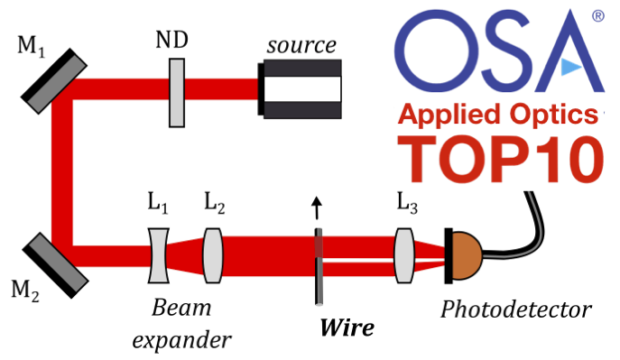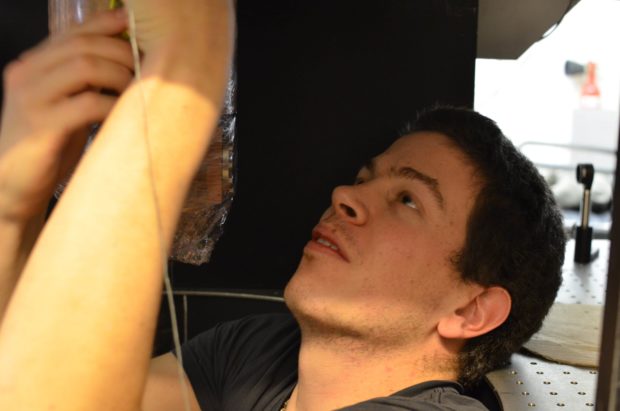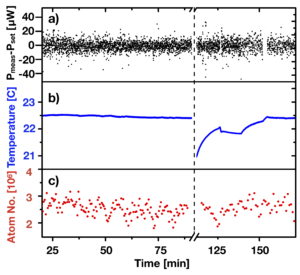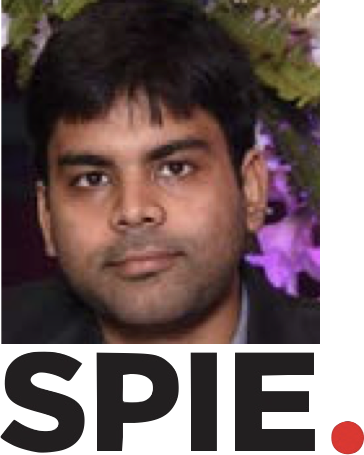
The paper is in the top 10 most downloaded papers of Applied Optics for November and December 2018.
Applied Optics 57 9863 (2018)
M. Mylonakis, S. Pandey, K. G. Mavrakis, G. Drougakis, G. Vasilakis, D. G. Papazoglou, and W. von Klitzing
doi: 10.1364/AO.57.009863
Abstract: We present a simple high-precision method to quickly and accurately measure the diameters of Gaussian beams, Airy spots, and central peaks of Bessel beams ranging from sub-millimeter to many centimeters without special- ized equipment. By simply moving a wire through the beam and recording the relative losses using an optical power meter, one can easily measure the beam diameters with a precision of 1%. The accuracy of this method has been experimentally verified for Gaussian beams down to the limit of a commercial slit-based beam profiler (3%).

Setup of the beam diameter measurement

Real beam size as a function of the minimum transmitivity.
















You must be logged in to post a comment.